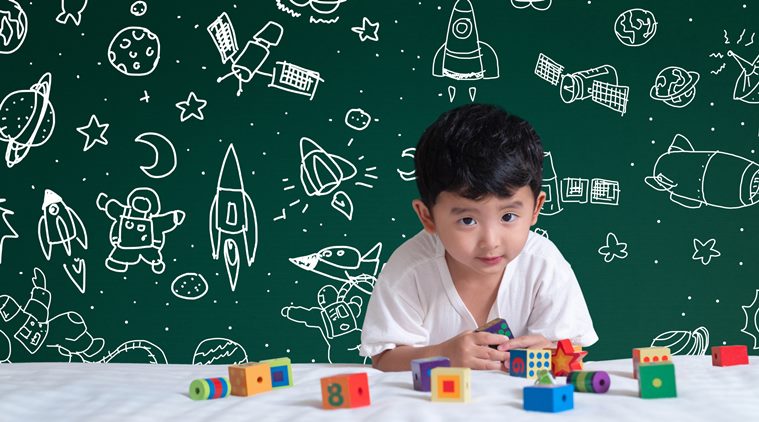In today’s digital age, videos have become an integral part of our lives. From entertainment to educational purposes, videos offer a captivating and engaging medium for learning. For children, especially, videos can be a powerful tool to make learning fun and enjoyable. Here, we will explore the concept of entertainment with educational value and how videos can effectively contribute to a child’s learning experience.
In the realm of education, finding innovative and effective ways to engage children is of paramount importance. Traditional learning methods can sometimes be monotonous and fail to captivate young minds. This is where videos come into play. By combining entertainment and educational content, videos have the potential to create a captivating learning experience that resonates with children.
The Power of Visual Learning
Human beings are visual creatures, and our brains are wired to process visual information more effectively than text alone. Videos leverage this innate ability by presenting information in a visually engaging format. With the help of a video editor tool, incorporating vibrant visuals, animations, and graphics into the videos can stimulate a child’s imagination and enhance their understanding of complex concepts.
Engaging Narratives and Storytelling
One of the key elements that make videos effective for educational purposes is the use of engaging narratives and storytelling techniques. Children are naturally drawn to stories, and videos that weave educational content into captivating narratives can leave a lasting impact on young minds. By presenting information in a story format, videos make learning more relatable and memorable.
Interactive Elements and Gamification
Videos can also incorporate interactive elements and gamification techniques to make learning a fun and interactive experience. Through quizzes, puzzles, and interactive challenges, children can actively participate in the learning process while enjoying themselves. This not only enhances their engagement but also promotes critical thinking and problem-solving skills.
Enhancing Comprehension and Retention
Visual and auditory cues in videos can significantly enhance a child’s comprehension and retention of information. Children are more likely to grasp and remember the material when complex concepts are explained through visuals, accompanied by clear and concise explanations. Videos provide a multi-sensory learning experience that appeals to different learning styles.
Encouraging Creativity and Imagination
Videos have the power to ignite children’s creativity and imagination. By presenting new ideas, exploring different perspectives, and showcasing diverse cultures, videos can broaden a child’s horizons and inspire them to think creatively. Additionally, videos that encourage hands-on activities and experiments can further nurture a child’s curiosity and innovation.
Fostering Social and Emotional Development
Certain videos designed for children incorporate themes of empathy, kindness, and emotional intelligence. Through relatable characters and engaging storylines, videos can help children develop social skills and emotional resilience. By showcasing positive behaviors and addressing real-life challenges, videos contribute to a child’s holistic development.
Adapting to Individual Learning Styles
Every child has a unique learning style, and videos can cater to different preferences. Whether a child is a visual learner, auditory learner, or kinesthetic learner, videos can provide content that aligns with their individual learning style. This adaptability ensures that children can absorb information more effectively and at their own pace.
Age-Appropriate Content and Supervision
While videos offer numerous benefits, it is crucial to ensure that the content is age-appropriate and supervised. Parents and educators should carefully curate videos that align with the child’s developmental stage and educational goals. Regular monitoring and active engagement with children during video-based learning sessions are essential to maximize the benefits and minimize potential risks.
Balancing Screen Time and Other Activities
As with any form of media consumption, it is vital to strike a balance between screen time and other activities. While videos can be a valuable educational tool, children also need time for physical activity, social interactions, and imaginative play. Establishing healthy screen time habits and encouraging a well-rounded lifestyle are essential for the overall well-being of children.
Conclusion
Entertainment with educational value is a powerful combination that can revolutionize the way children learn. Videos provide an engaging platform that seamlessly integrates entertainment and education, making learning a delightful experience for young minds. By leveraging the power of visual learning, engaging narratives, interactive elements, and age-appropriate content, videos have the potential to shape a generation of curious and knowledgeable individuals.

